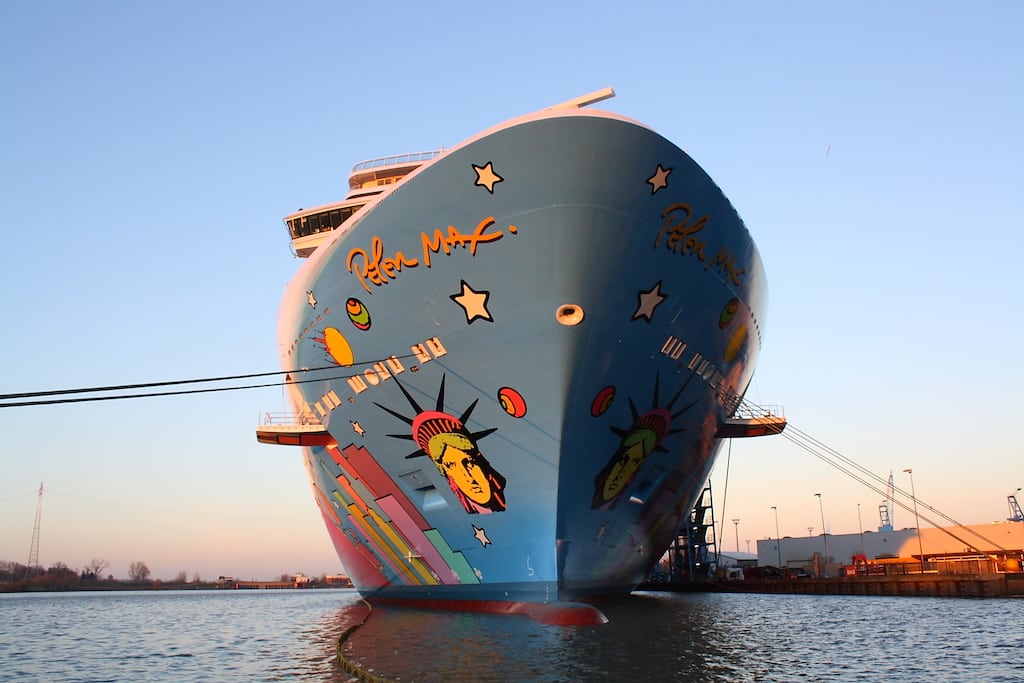Why Norwegian Cruise Line Is Spending $400 Million to Update Old Ships

Skift Take
Norwegian Cruise Line is being strategic about deploying new ships to growing markets and bringing its aging fleet up to a better standard. But it still faces a challenge in communicating what exactly a Norwegian cruise experience is.
After rolling out a new class of popular megaships a few years ago, Norwegian Cruise Line is now doling out a $400 million investment to update its older vessels in 2016.
Norwegian Cruise Line president Andy Stuart thinks that his company needs to do a better job ensuring a strong level of polish across its entire fleet, regardless of whether the ship is 20 years old or emerging from the shipyard.
The cruise line also launched a revised brand campaign earlier this year, with a particular eye on the growing Chinese and Australian cruise markets.
Norwegian is currently gearing up to operate the Norwegian Joy in China, which was developed and designed specifically to serve the Chinese vacationer.
Skift spoke to Stuart about bringing a cohesive brand identity to older ships, what it takes to design a vessel for specifically for China, and why introducing a cheaper fare options can make sense.
Skift: Norwegian recently changed its branding from Freestyle Cruising to Feel Free. What was the impetus behind changing that branding and what do you hope to accomplish from it?
Stuart: The challenge of freestyle cruising was that we always had to explain it. When we said, "We offer you freestyle cruising," people would sort of look quizzically at you. If they cruised with you, they probably got it.
For some people, though, it was a swimming event at the Olympics. It had different meanings for different people and almost invariably [we eventually had to communicate exactly what it was]. That's a challenge when you have a very short window to communicate to people.
We felt there was an opportunity to come up with something that told essence of the story in two words without having to move onto another exp
